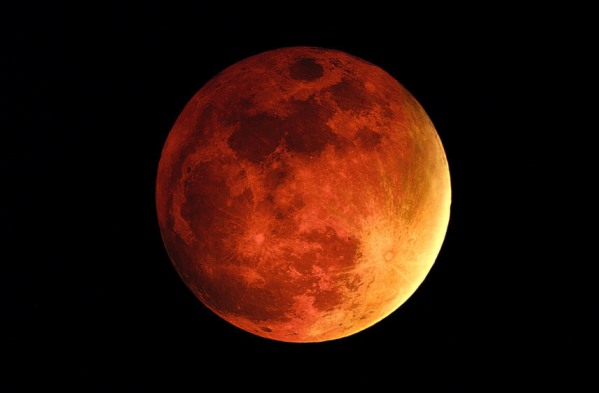
LONDON (PTI): A fragment of a 1.3 billion-year-old Martian meteorite shows signs that it once held water, suggesting that the Red Planet may have been habitable, scientists say.
The finding of a 'cell-like' structure, which investigators now know once held water, came about as a result of collaboration between scientists in the UK and Greece.
While investigating the Martian meteorite, known as Nakhla, Dr Elias Chatzitheodoridis of the National Technical University of Athens found an unusual feature embedded deep within the rock.
"In many ways it resembled a fossilised biological cell from Earth but it was intriguing because it was undoubtedly from Mars. Our research found that it probably wasn't a cell but that it did once hold water - water that had been heated, probably as a result of an asteroid impact," Professor Ian Lyon at the University of Manchester's School of Earth, Atmospheric and Environmental Sciences, said.
These findings are significant because they add to increasing evidence that beneath the surface, Mars does provide all the conditions for life to have formed and evolved.
It also adds to a body of evidence suggesting that large asteroids hit Mars in the past and produce long-lasting hydrothermal fields that could sustain life on Mars, even in later epochs, if life ever emerged there.
The feature was imaged in unprecedented detail by Dr Sarah Haigh of The University of Manchester using an imaging approach to reveal the atomic layers of materials inside the meteorite.
"We have been able to show the setting is there to provide life. It's not too cold, it's not too harsh. Life as we know it, in the form of bacteria, for example, could be there, although we haven't found it yet. It's about piecing together the case for life on Mars - it may have existed and in some form could exist still," Lyon said.
The findings are published in the journal Astrobiology.
 Previous Article
Previous Article












The Indian Air Force, in its flight trials evaluation report submitted before the Defence Ministry l..
view articleAn insight into the Medium Multi-Role Combat Aircraft competition...
view articleSky enthusiasts can now spot the International Space Station (ISS) commanded by Indian-American astr..
view article